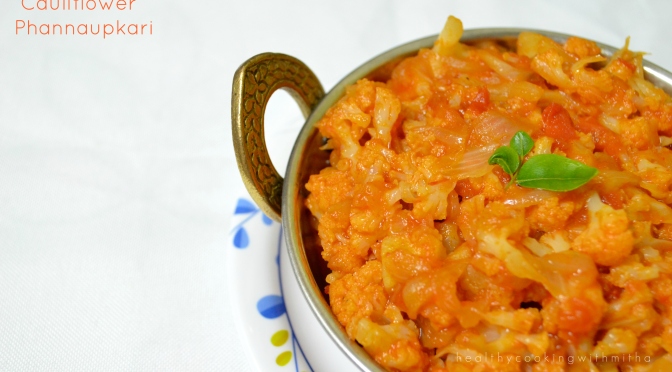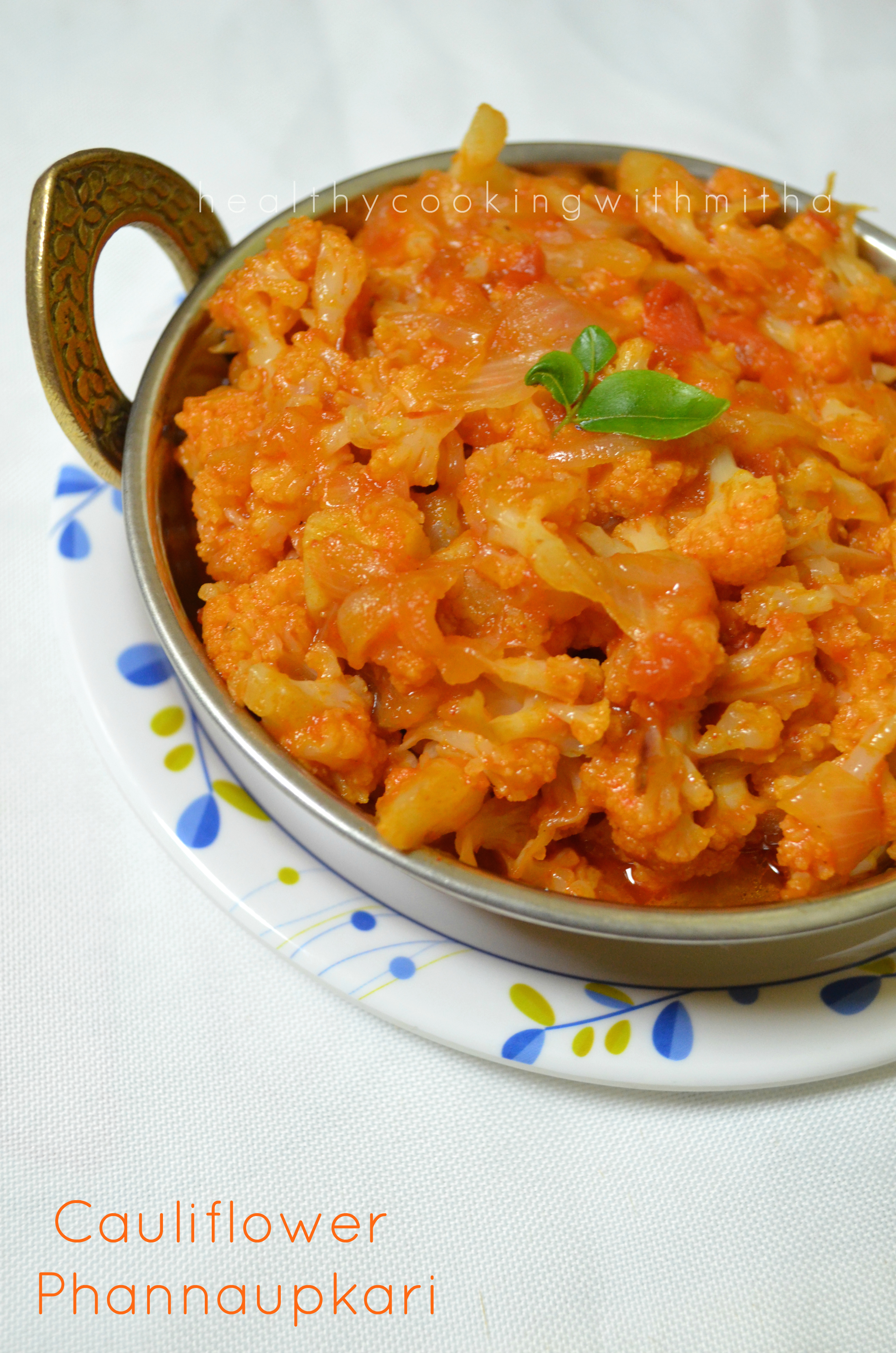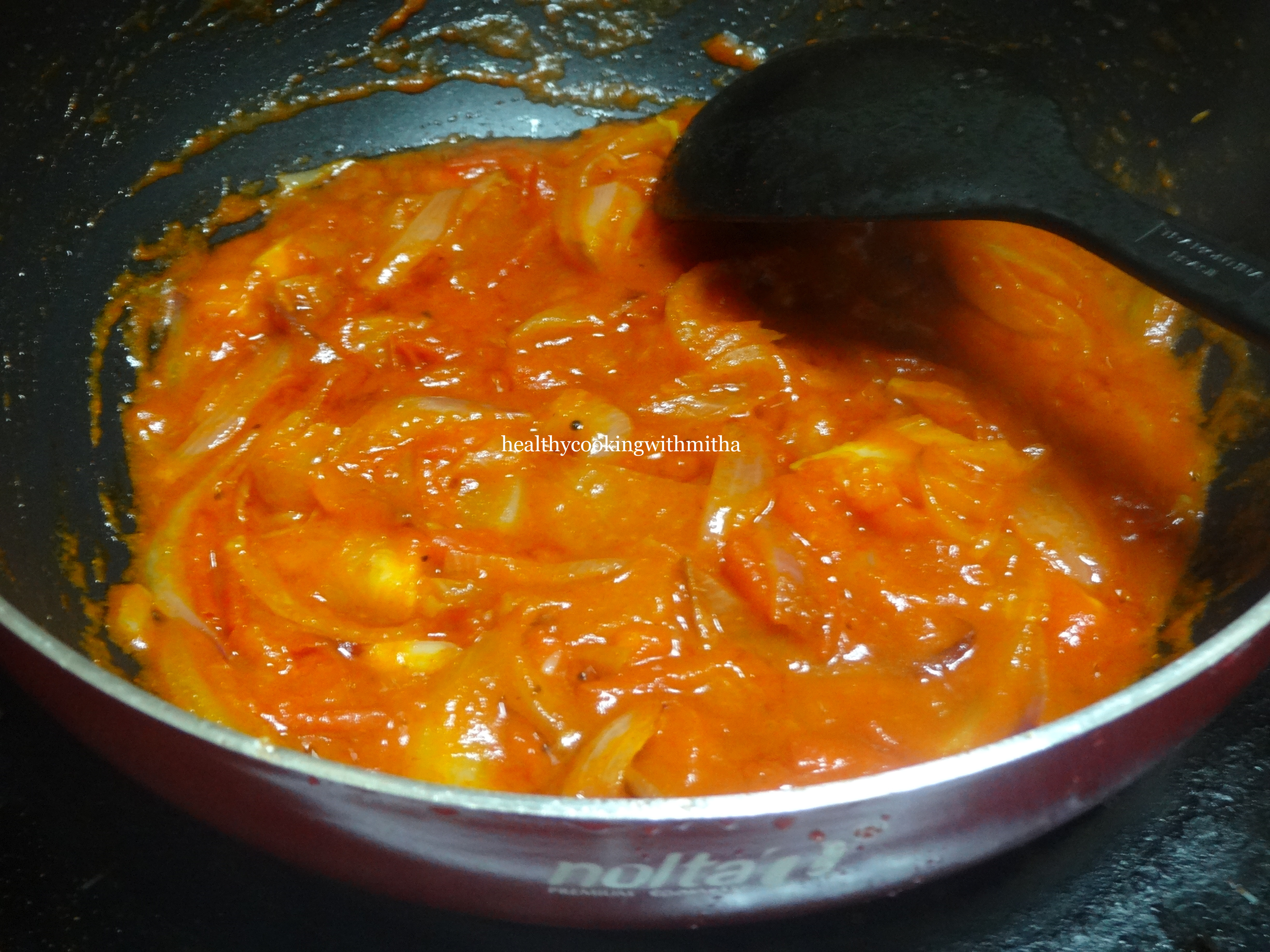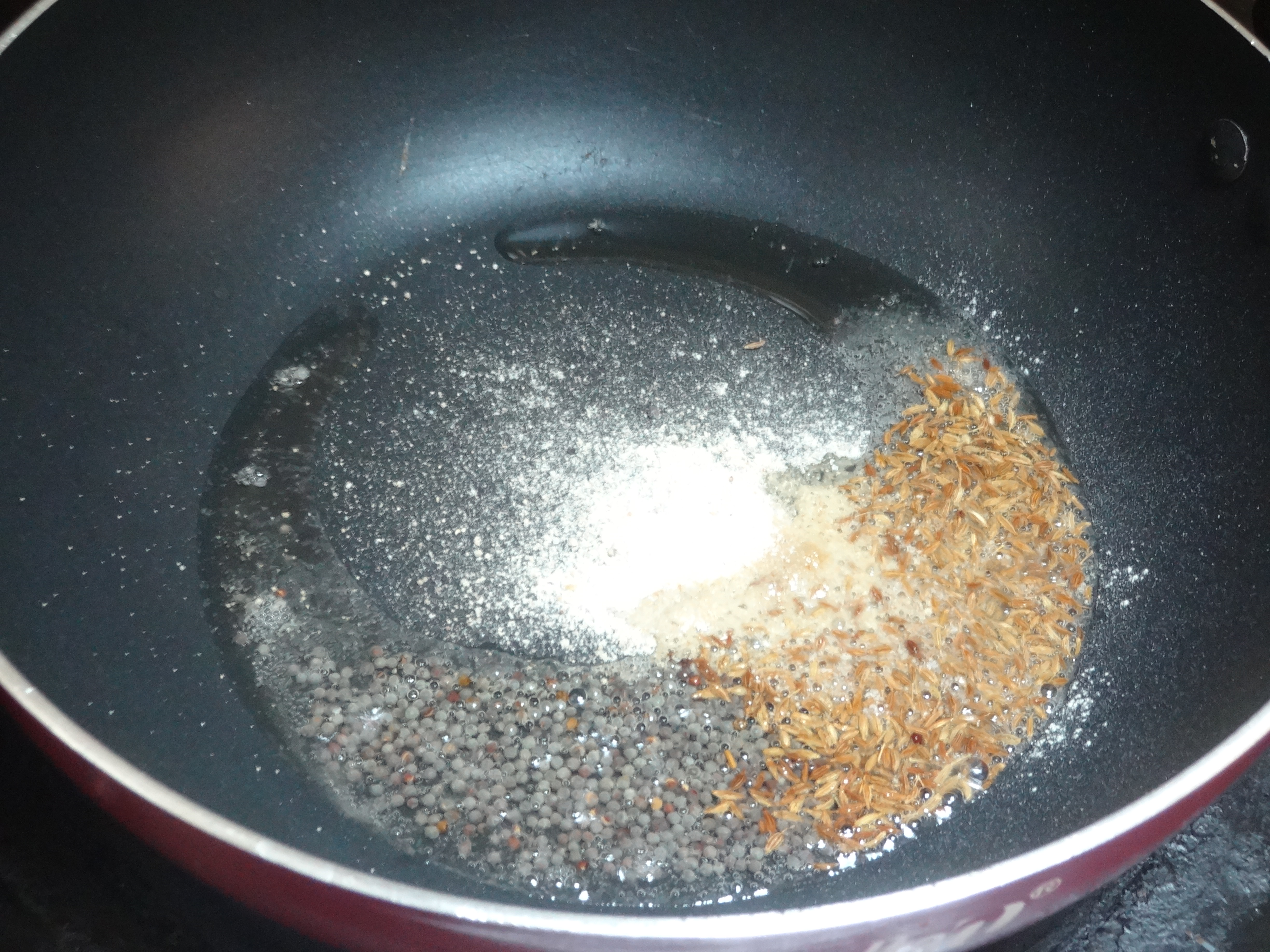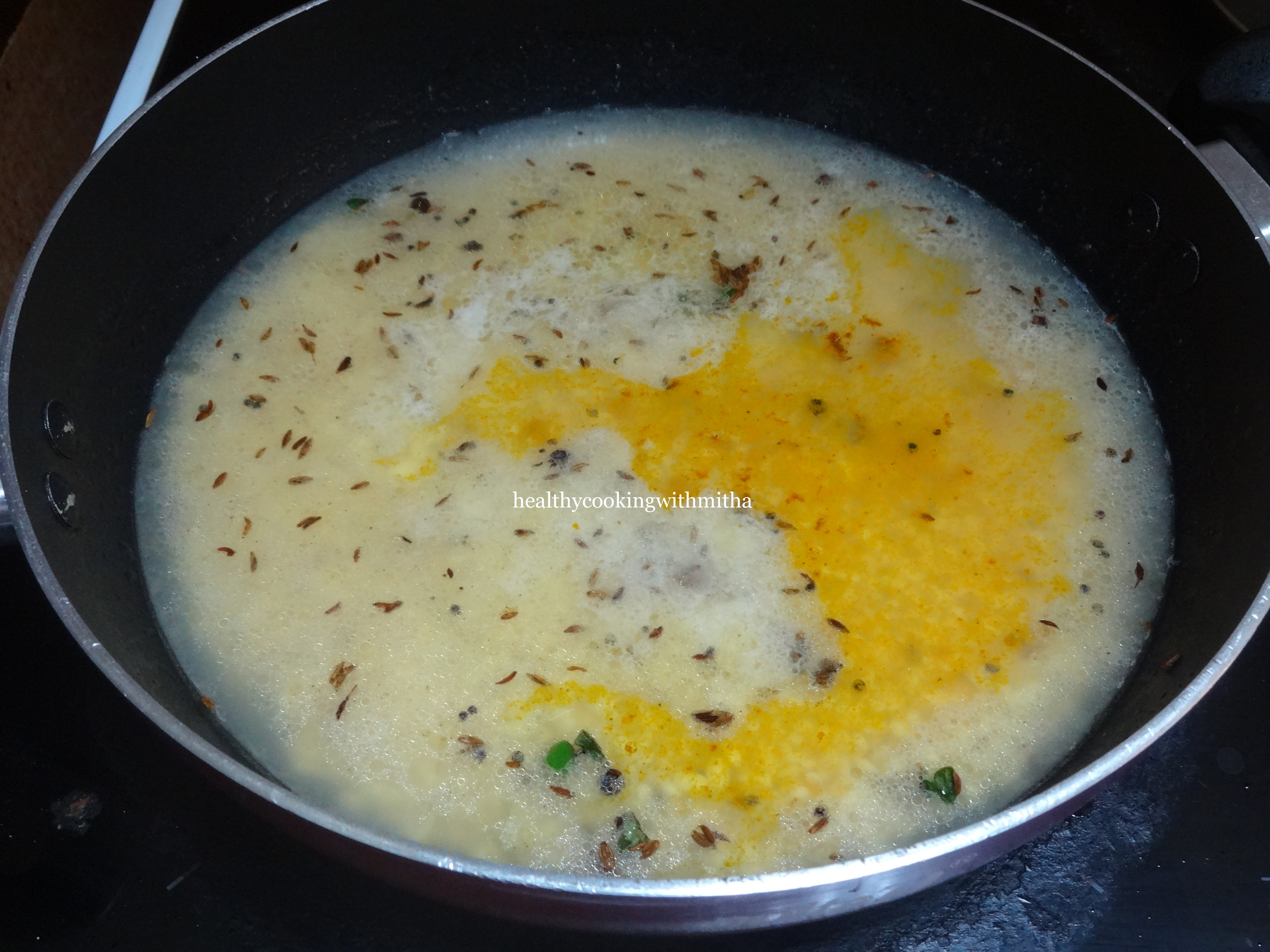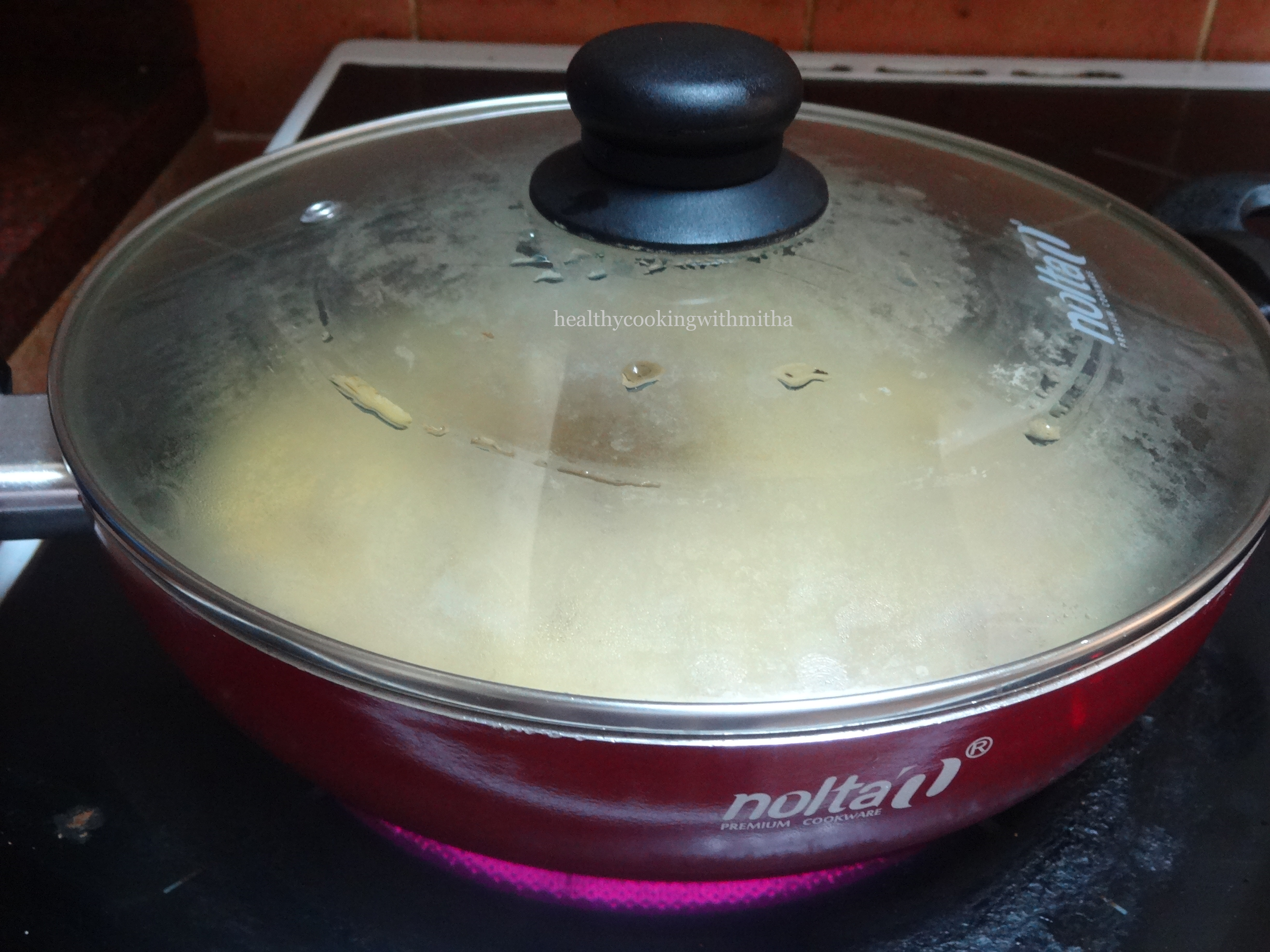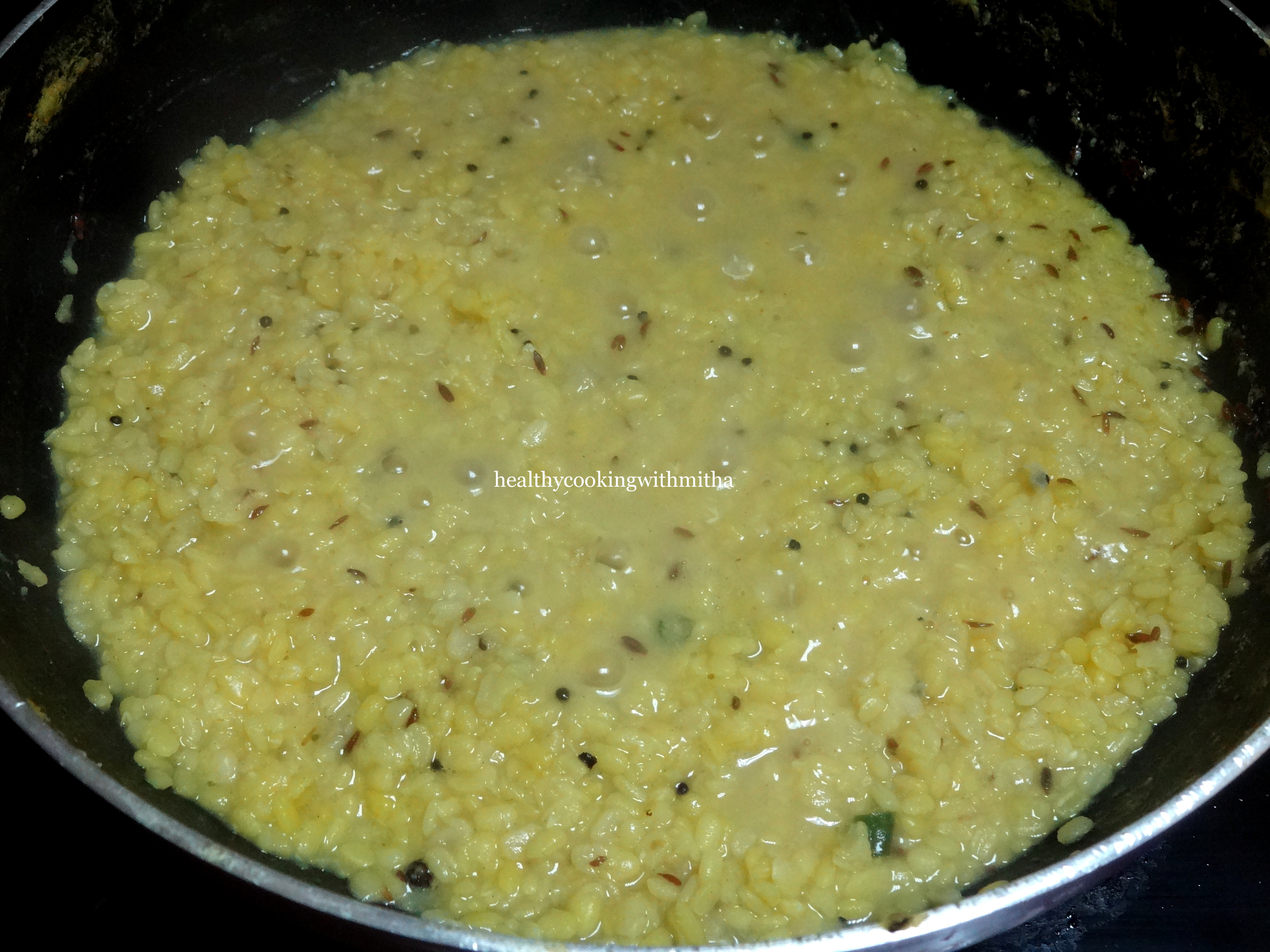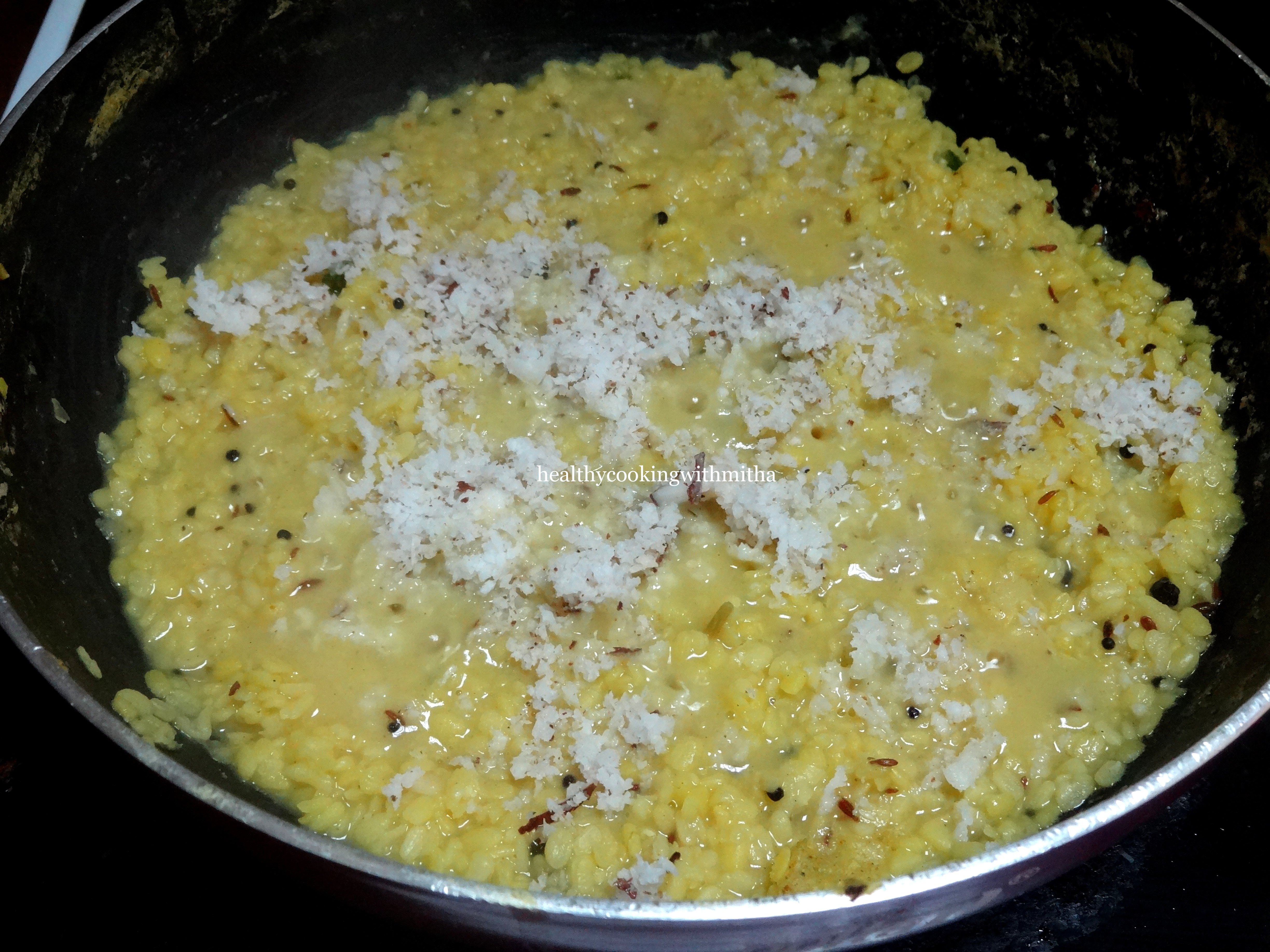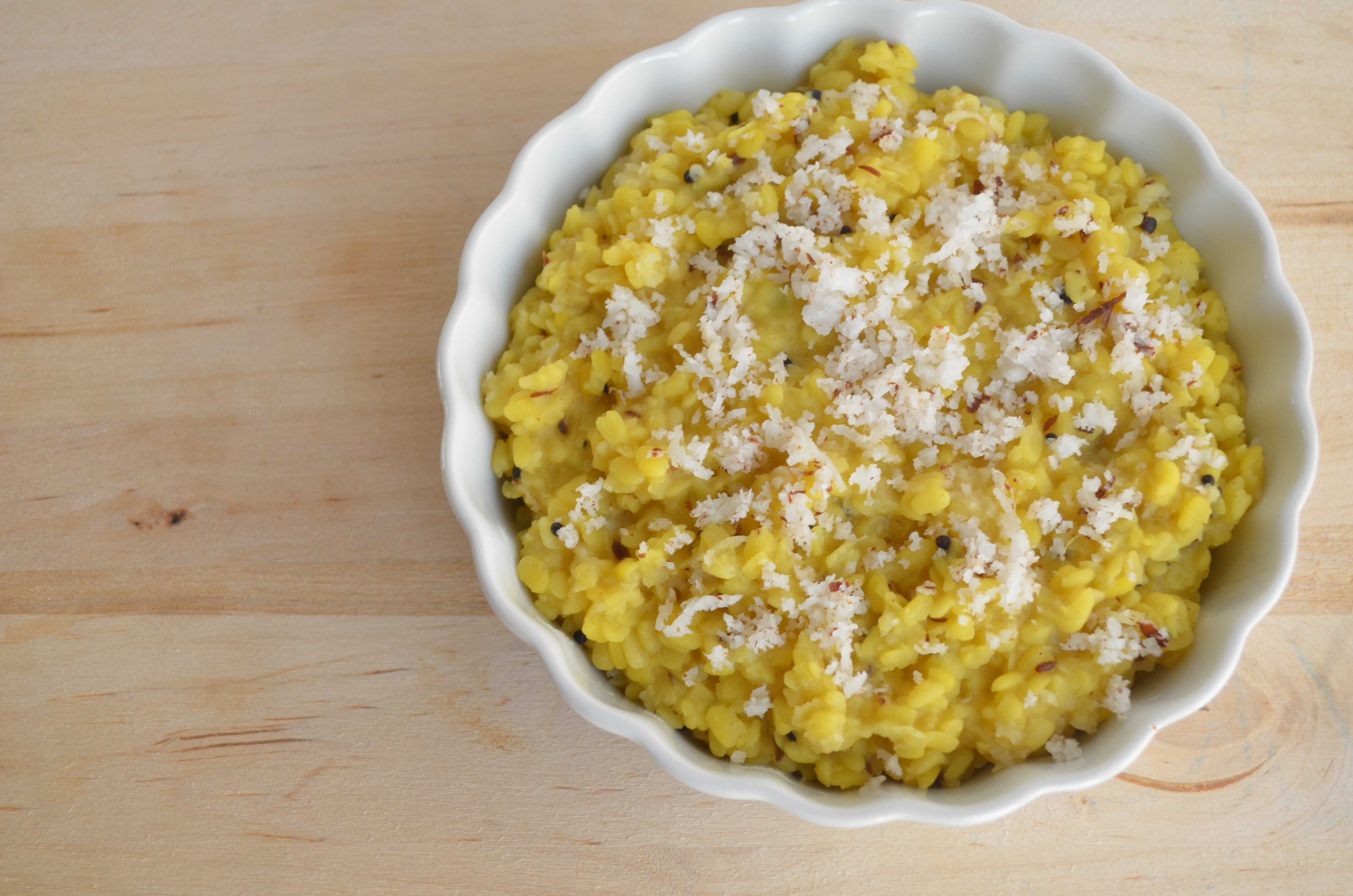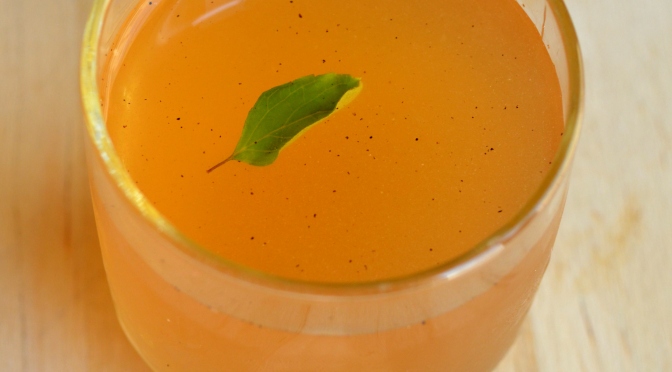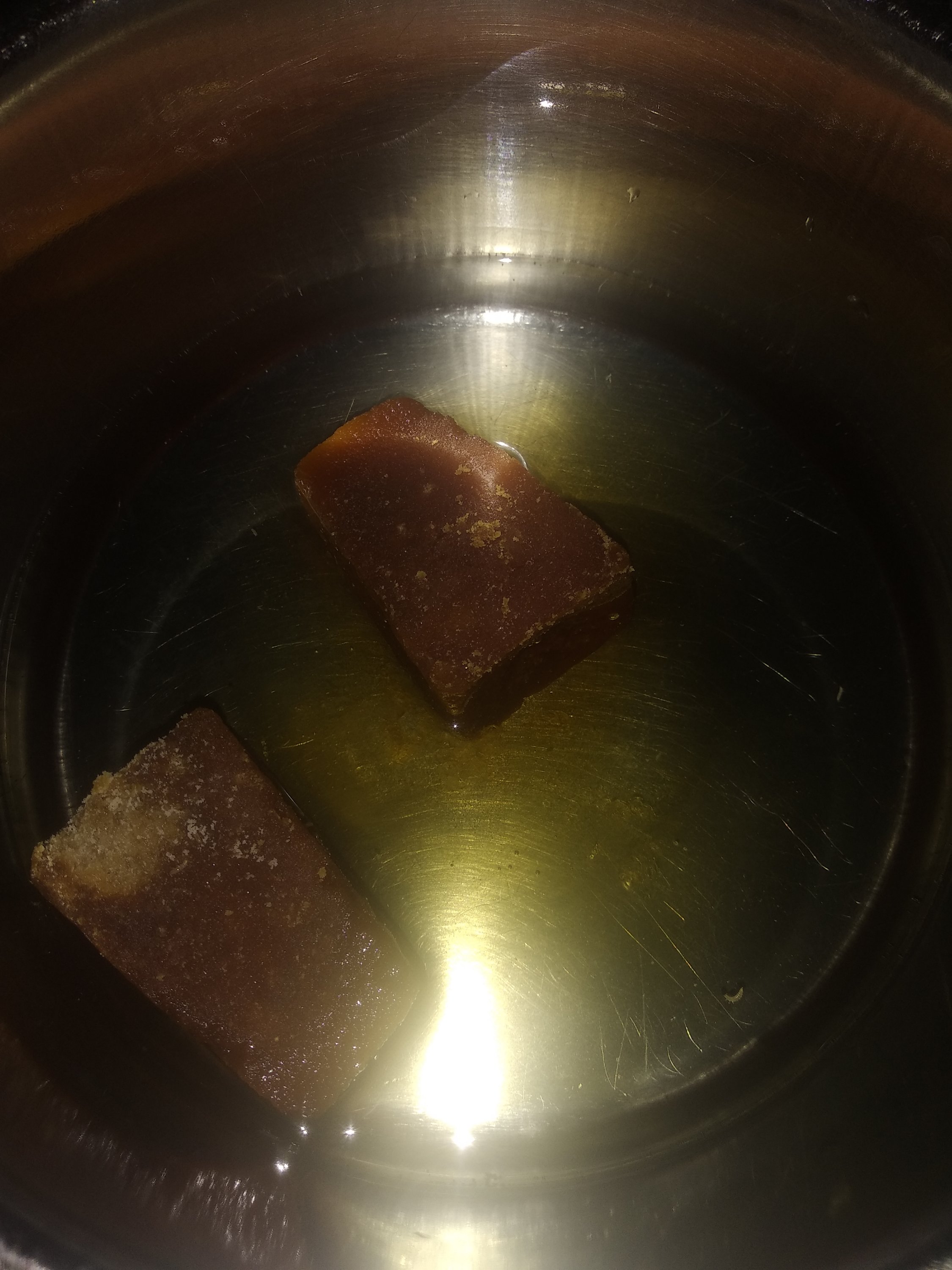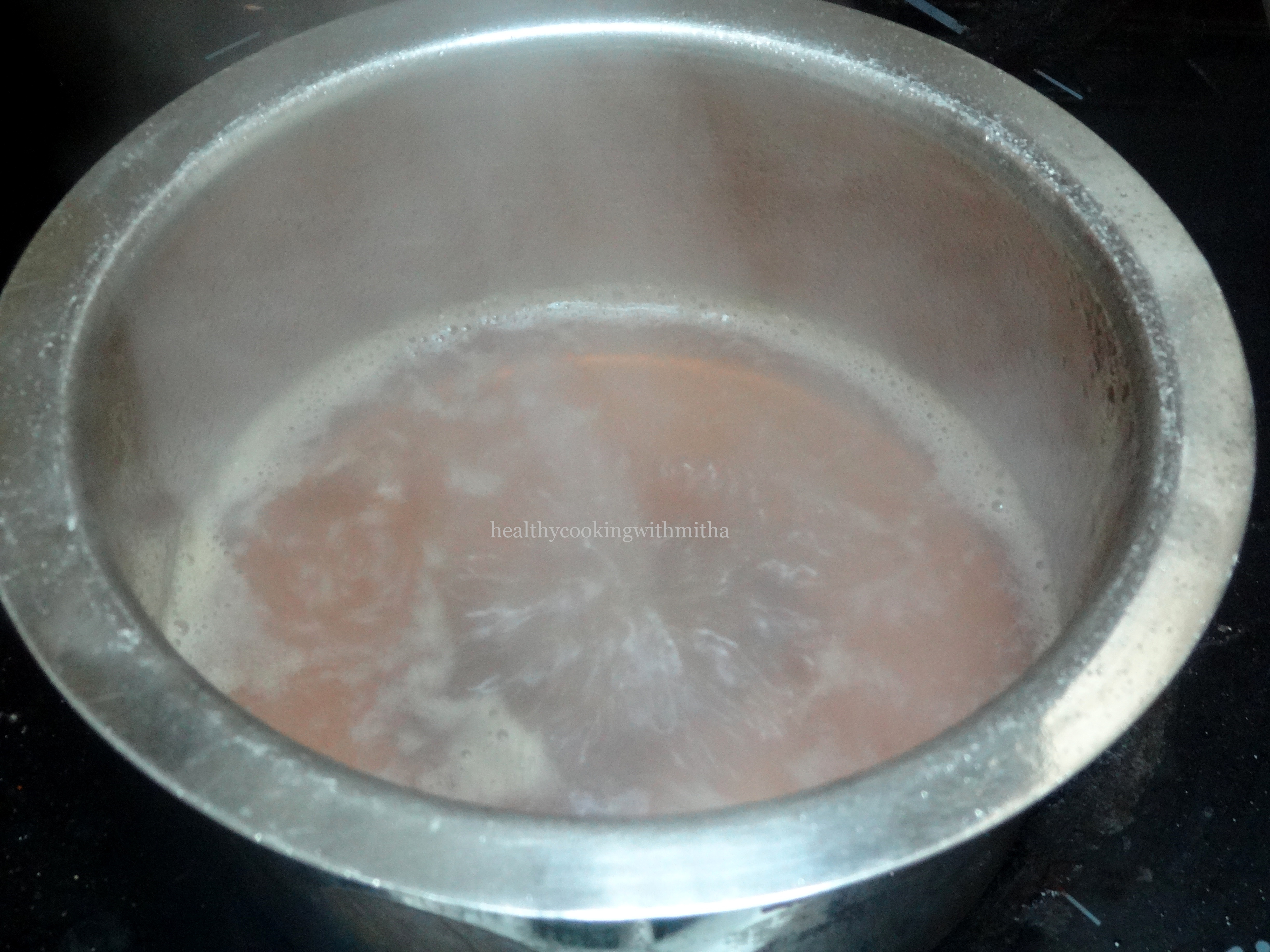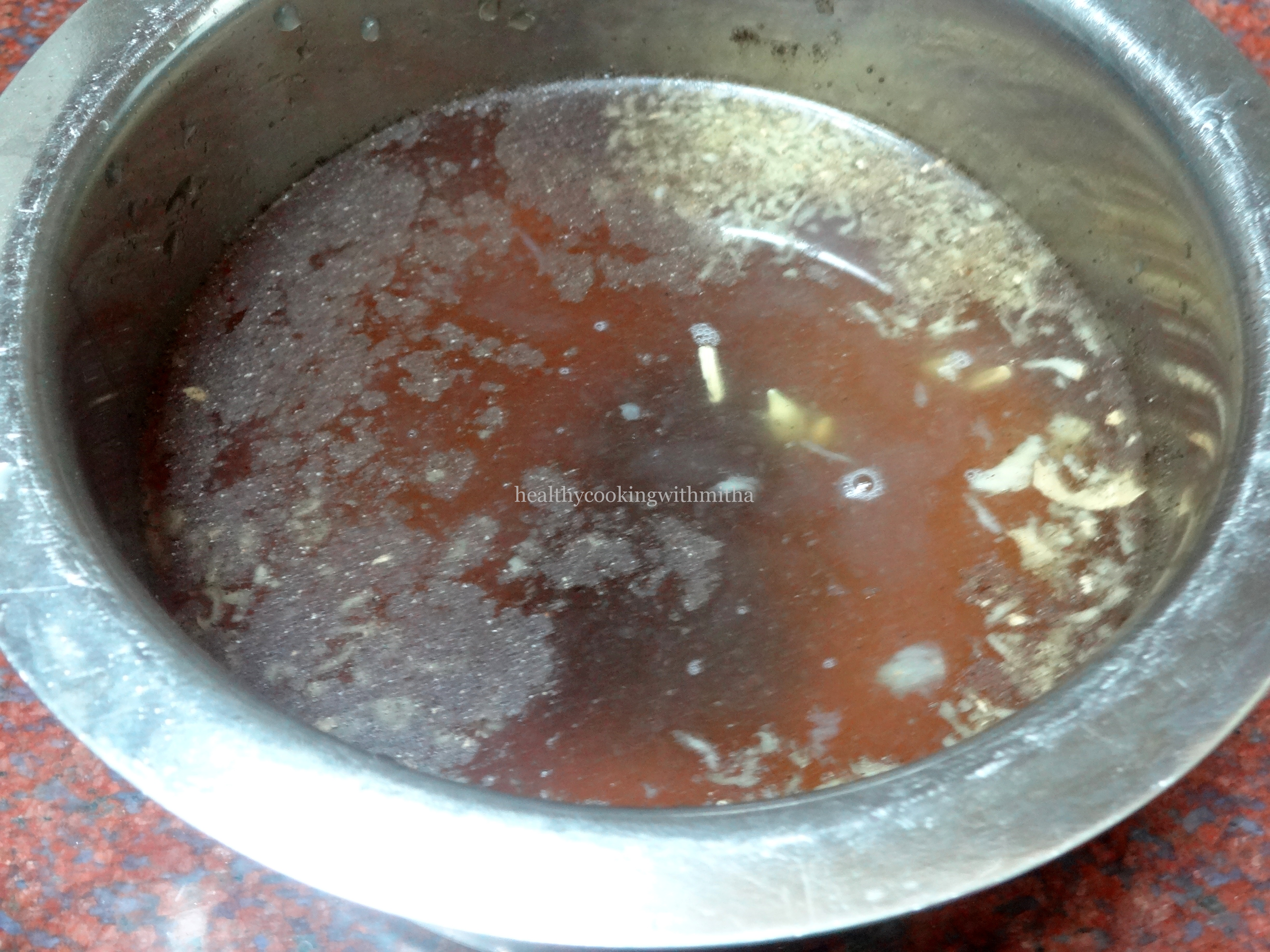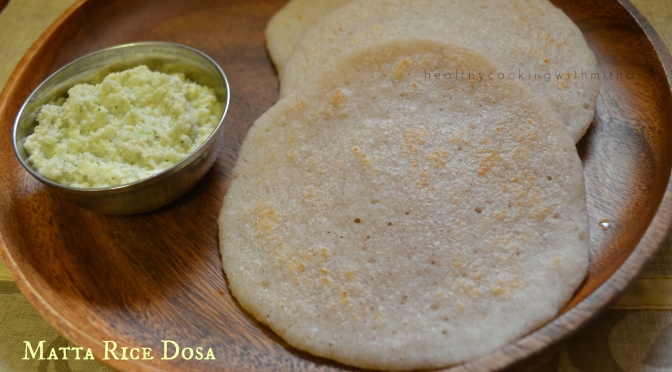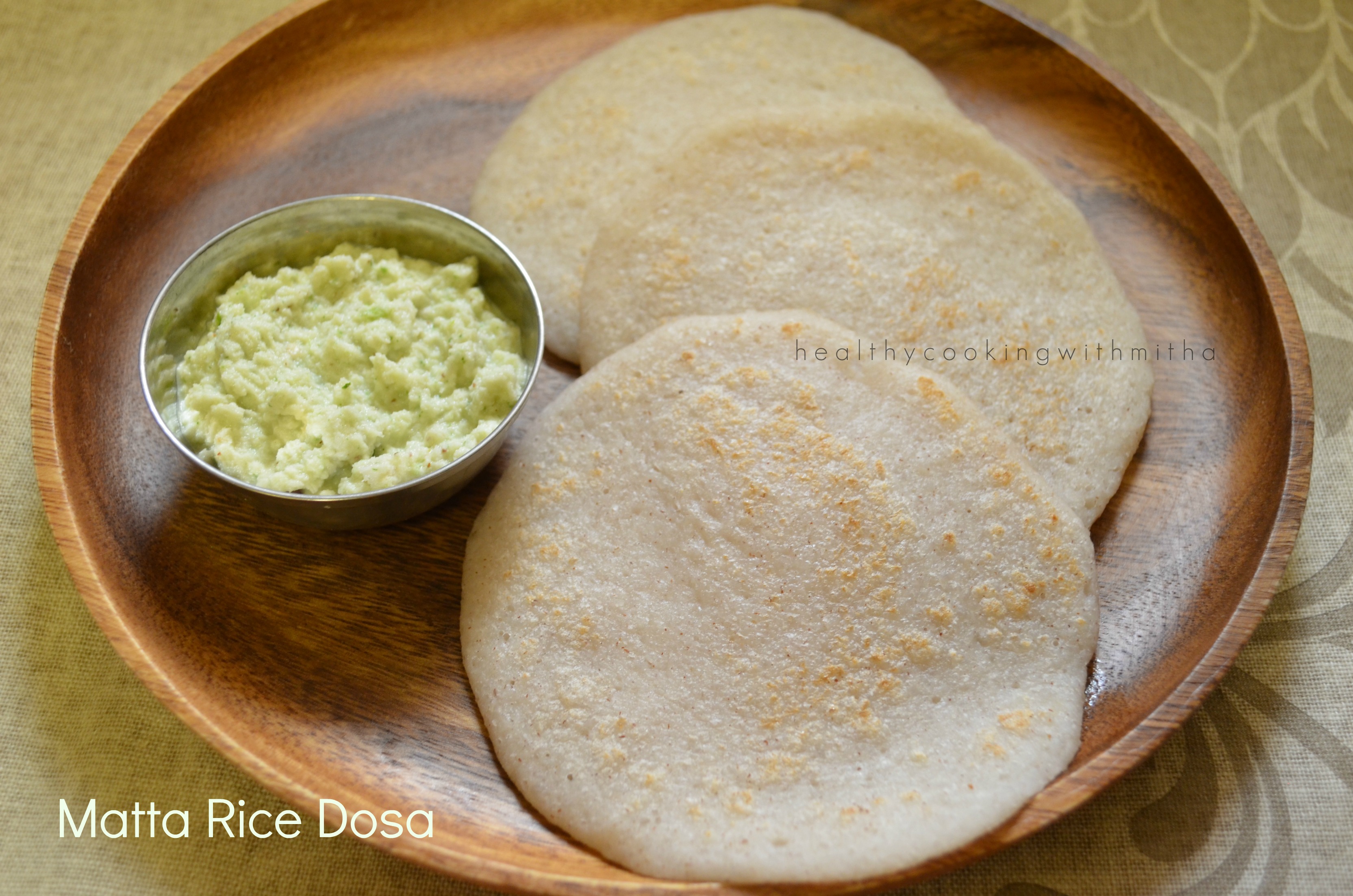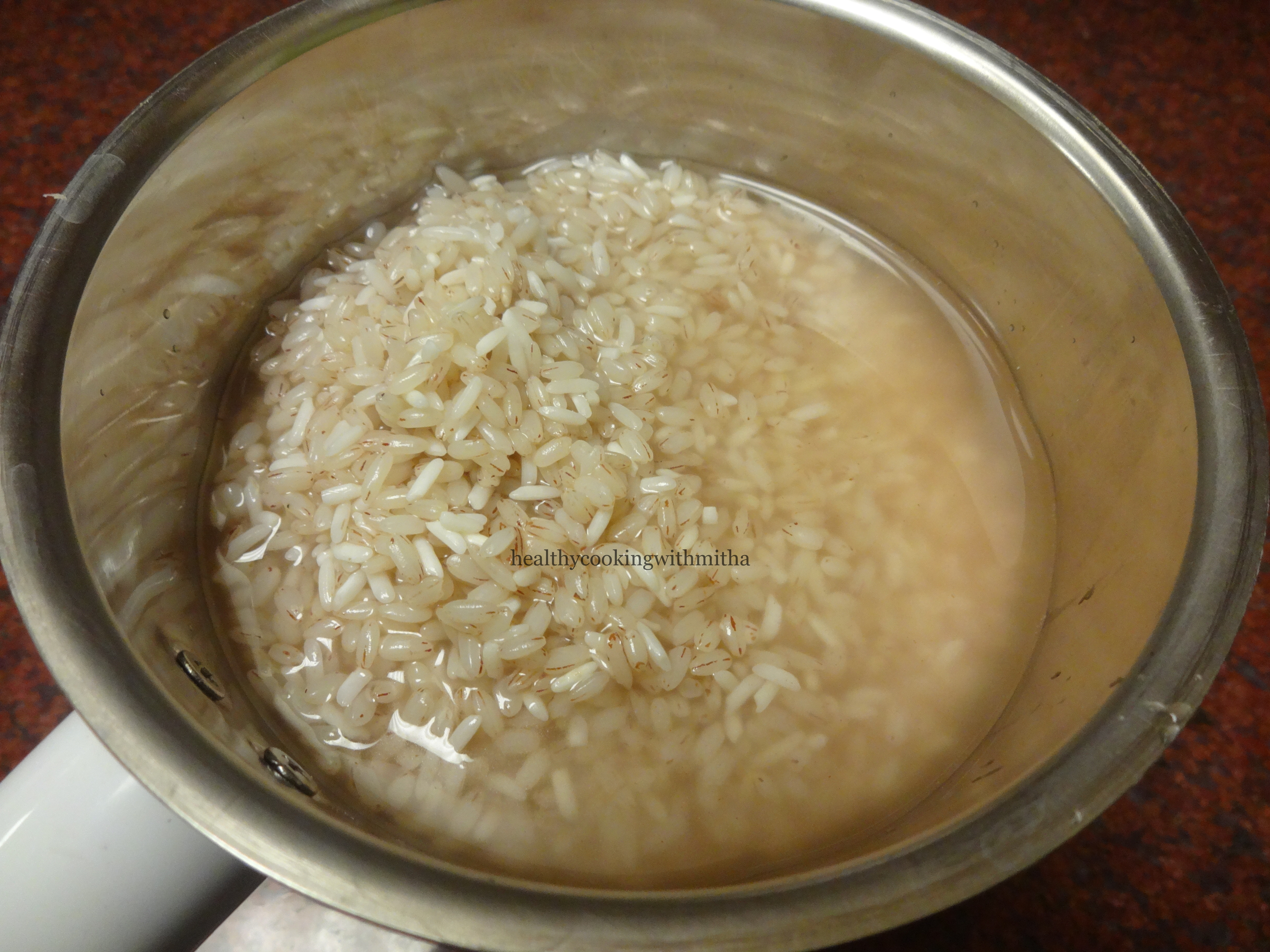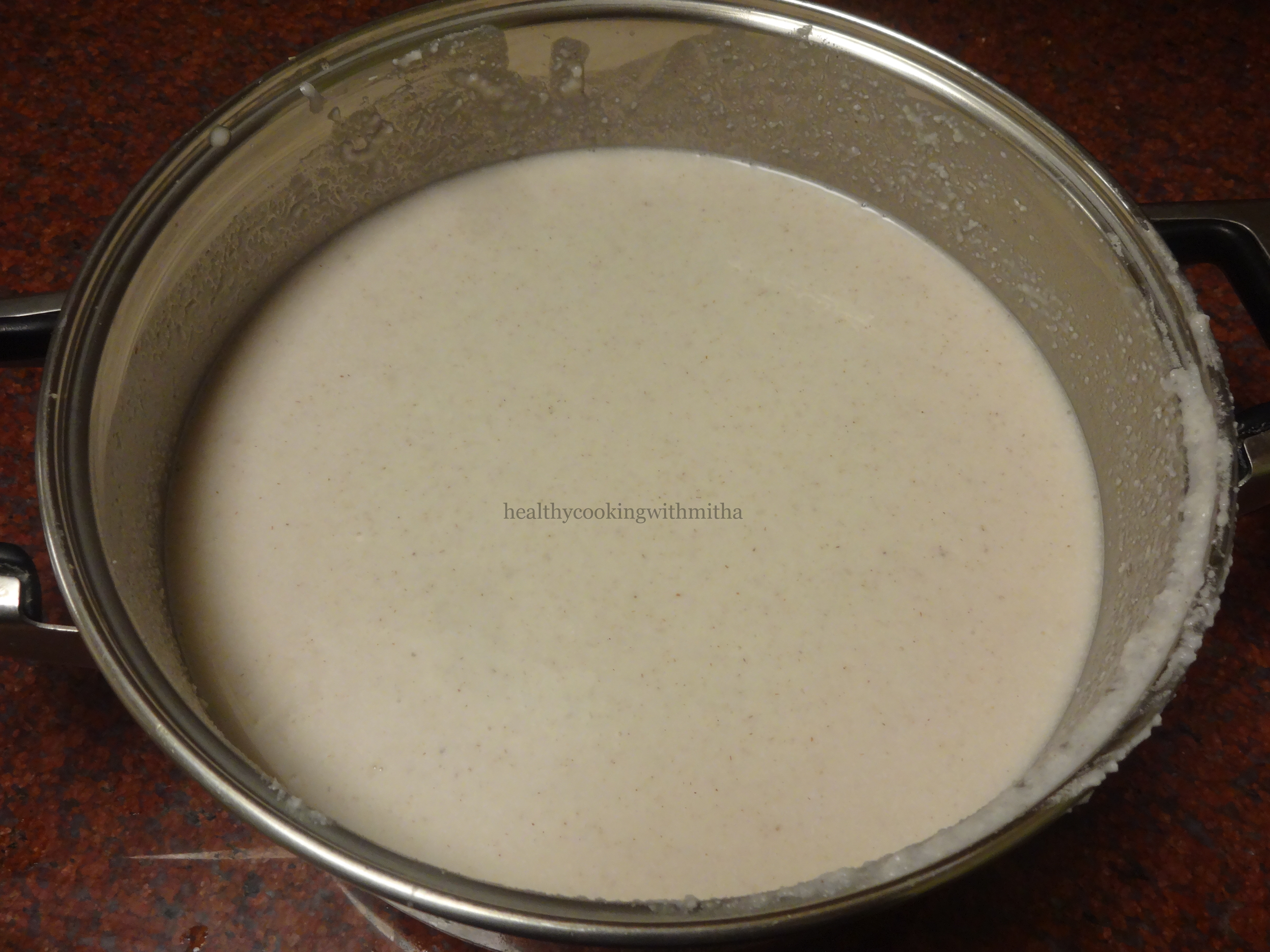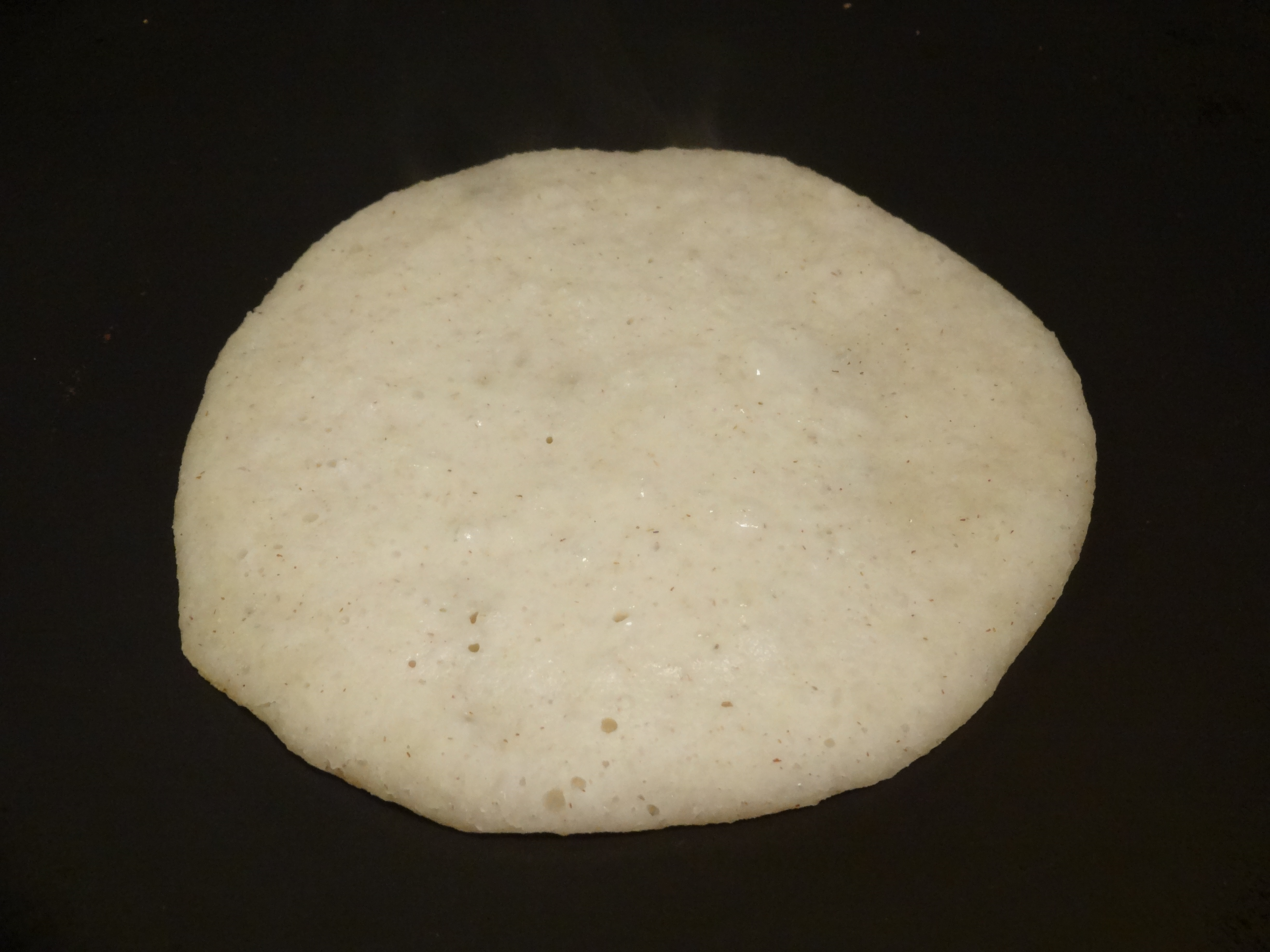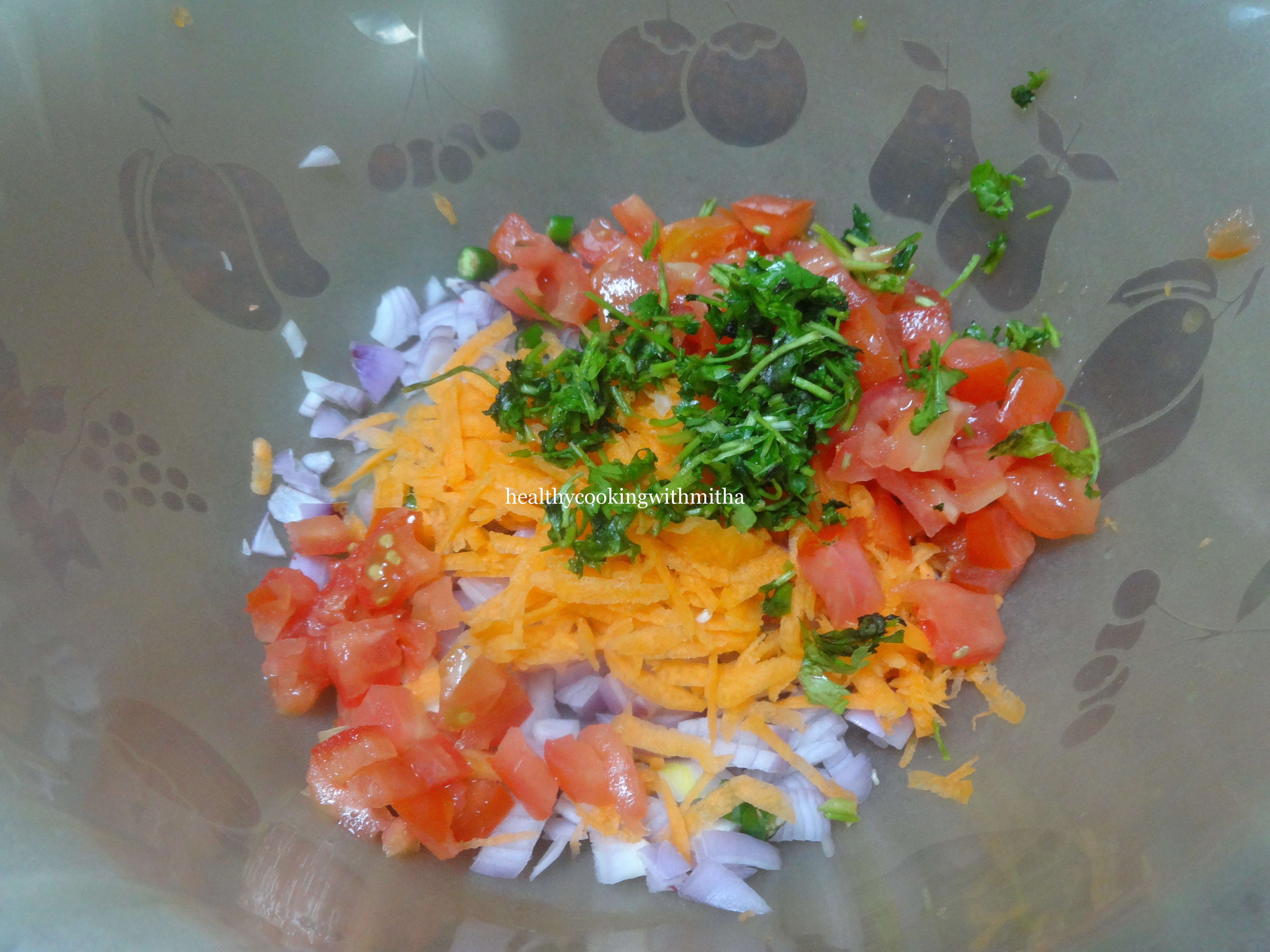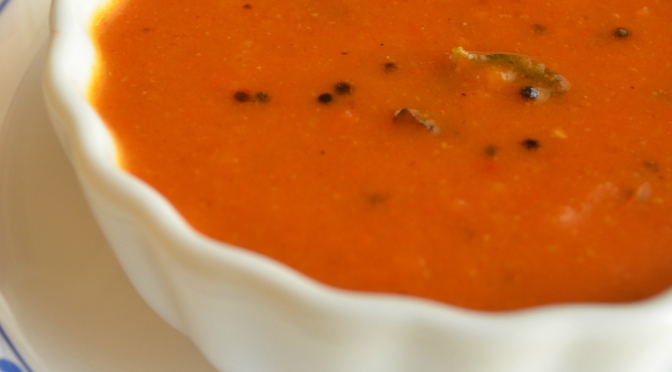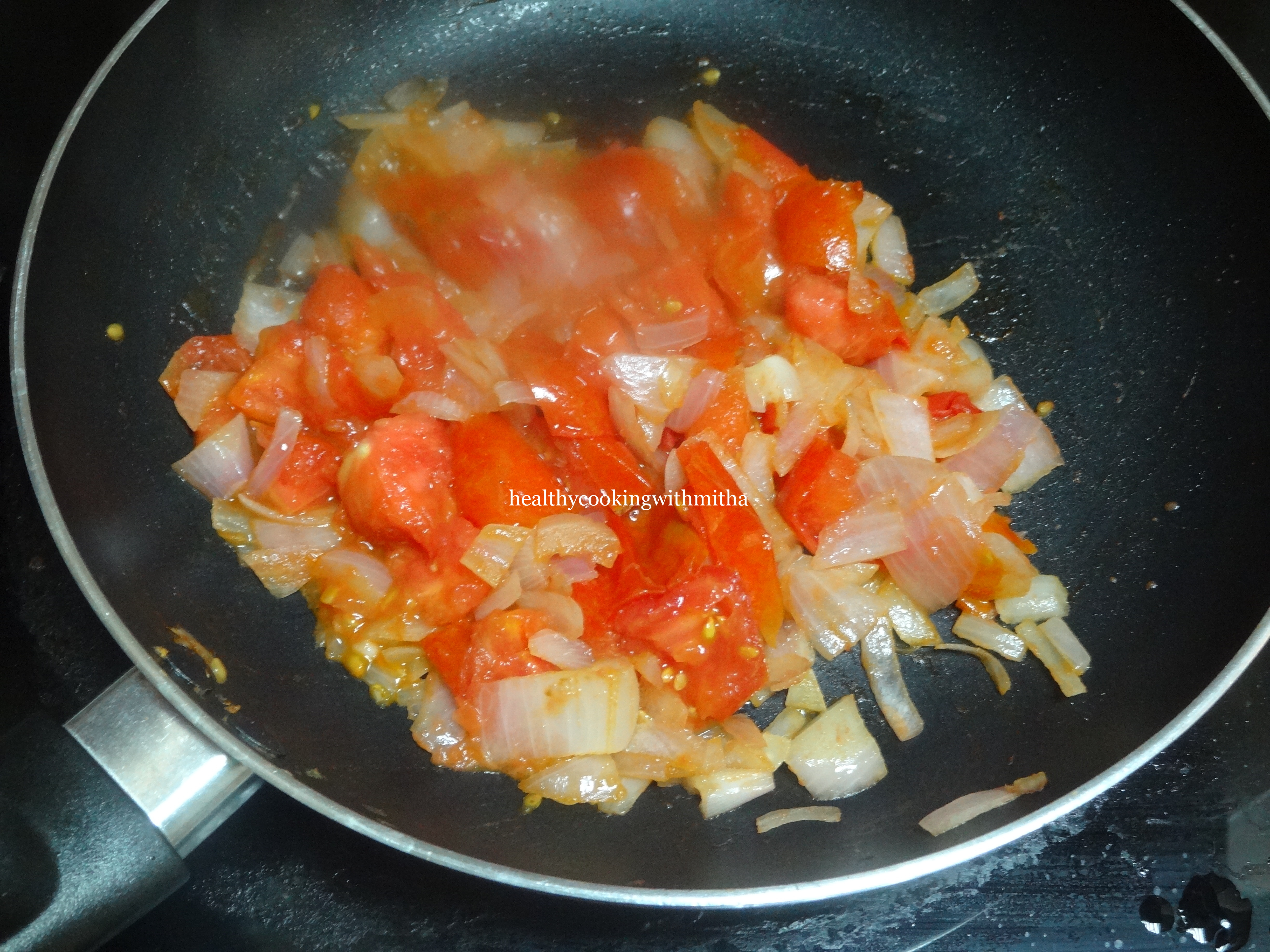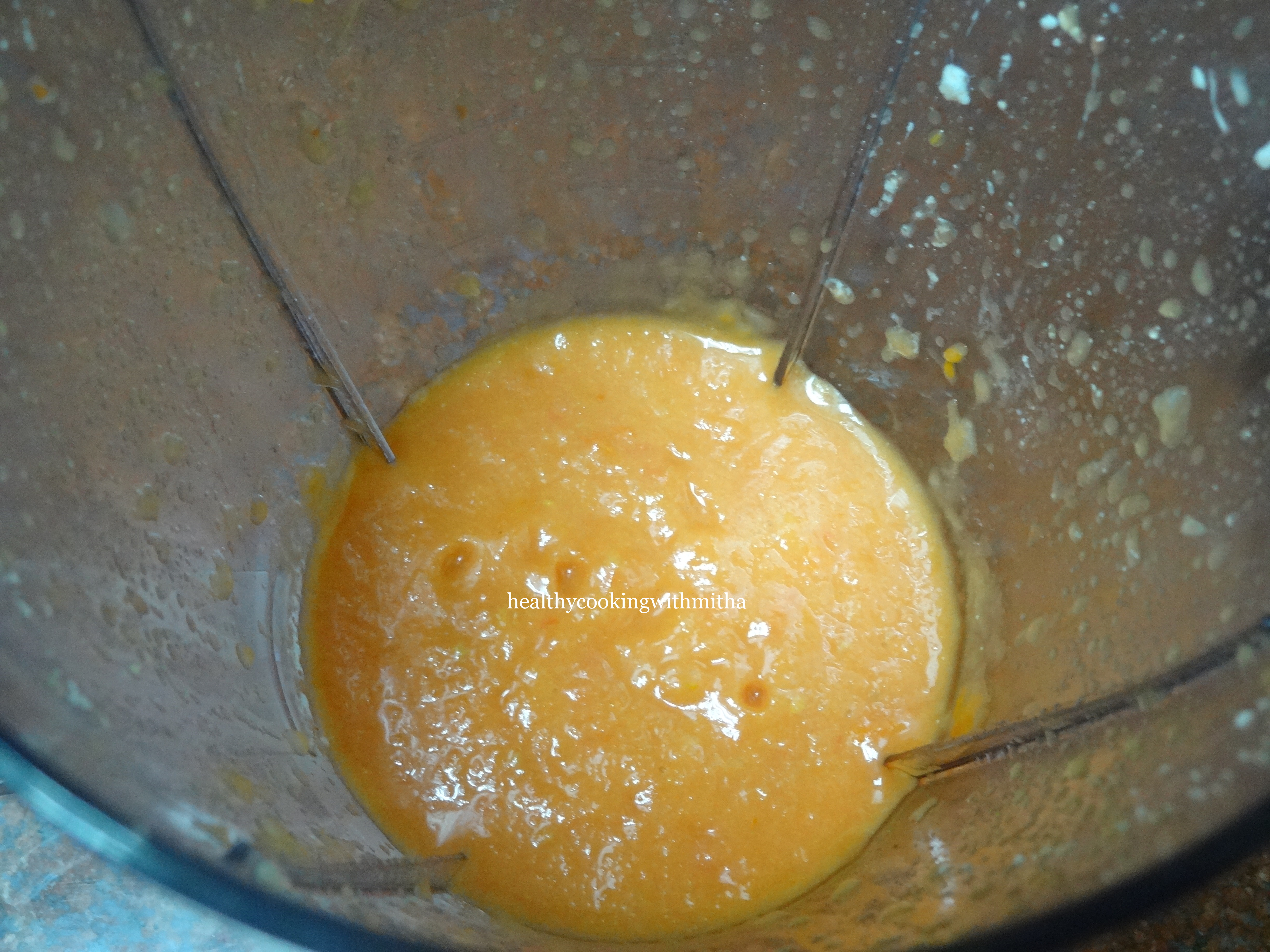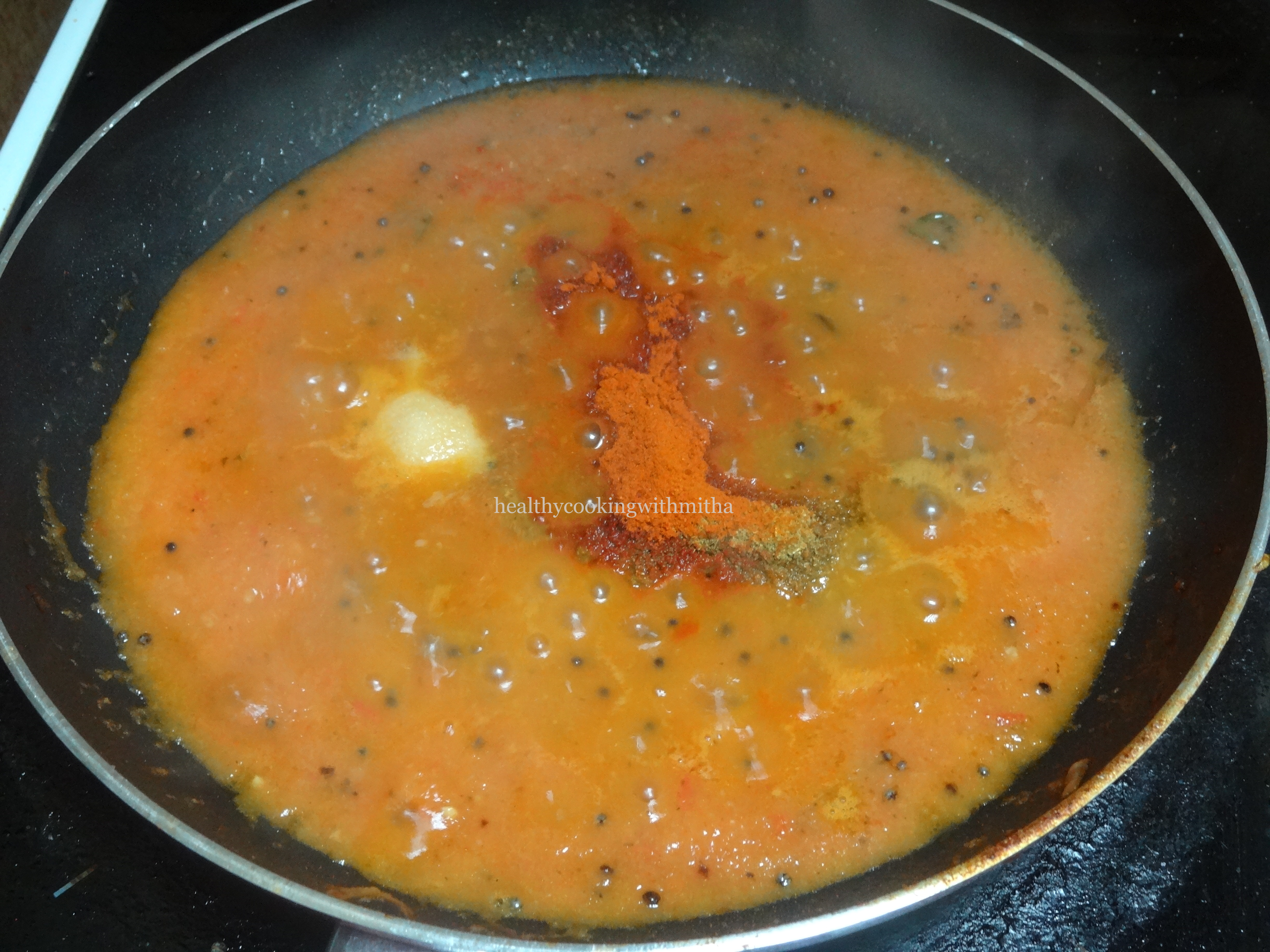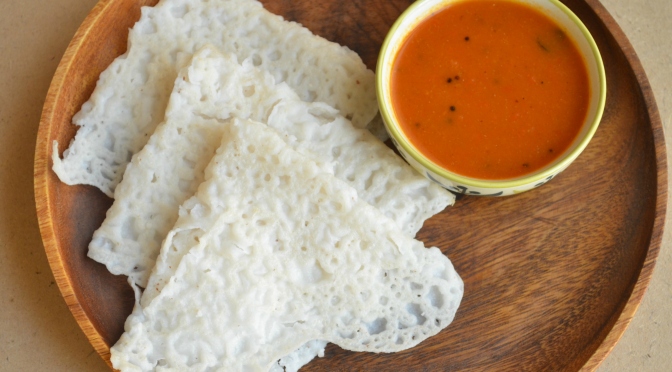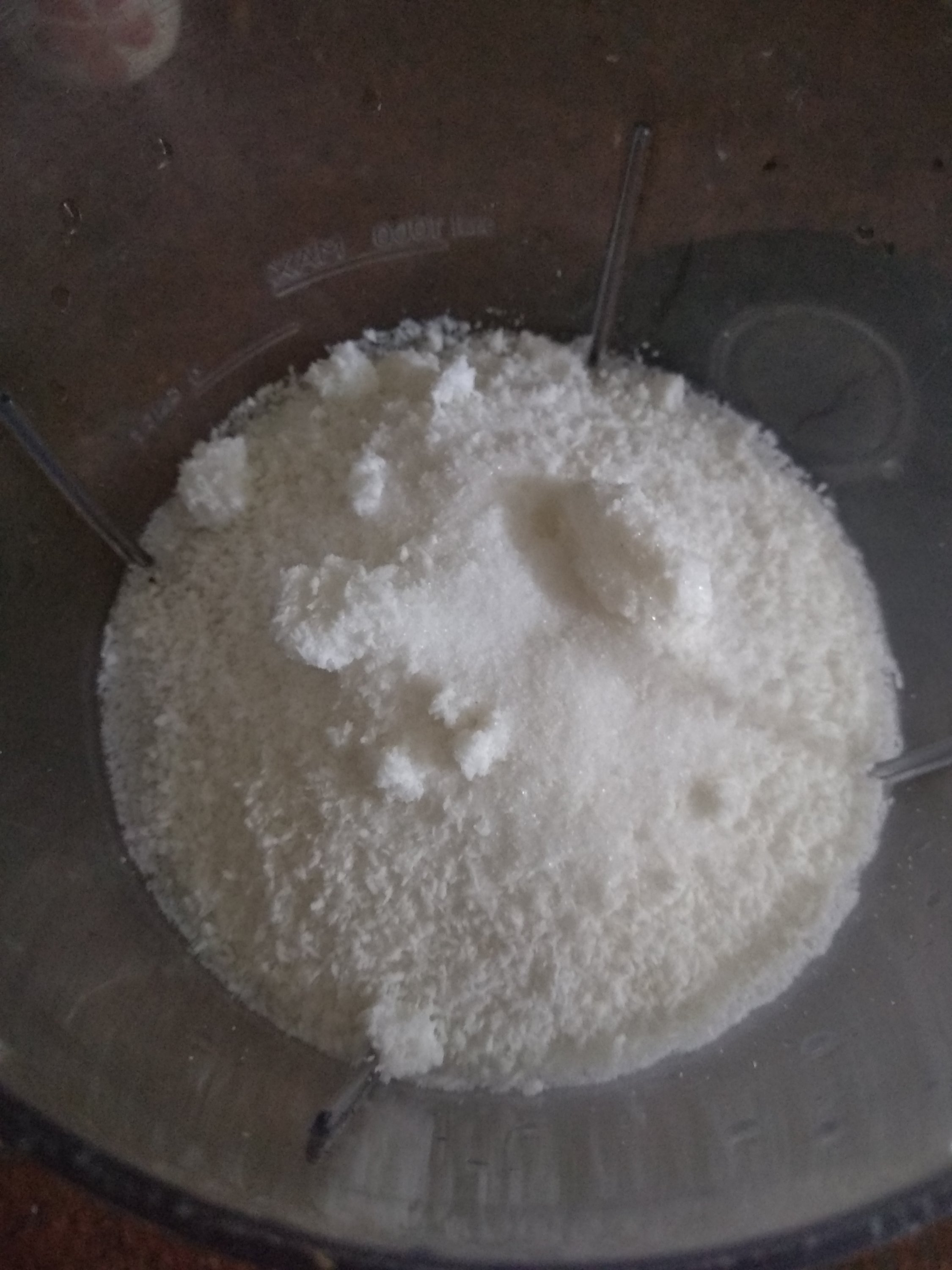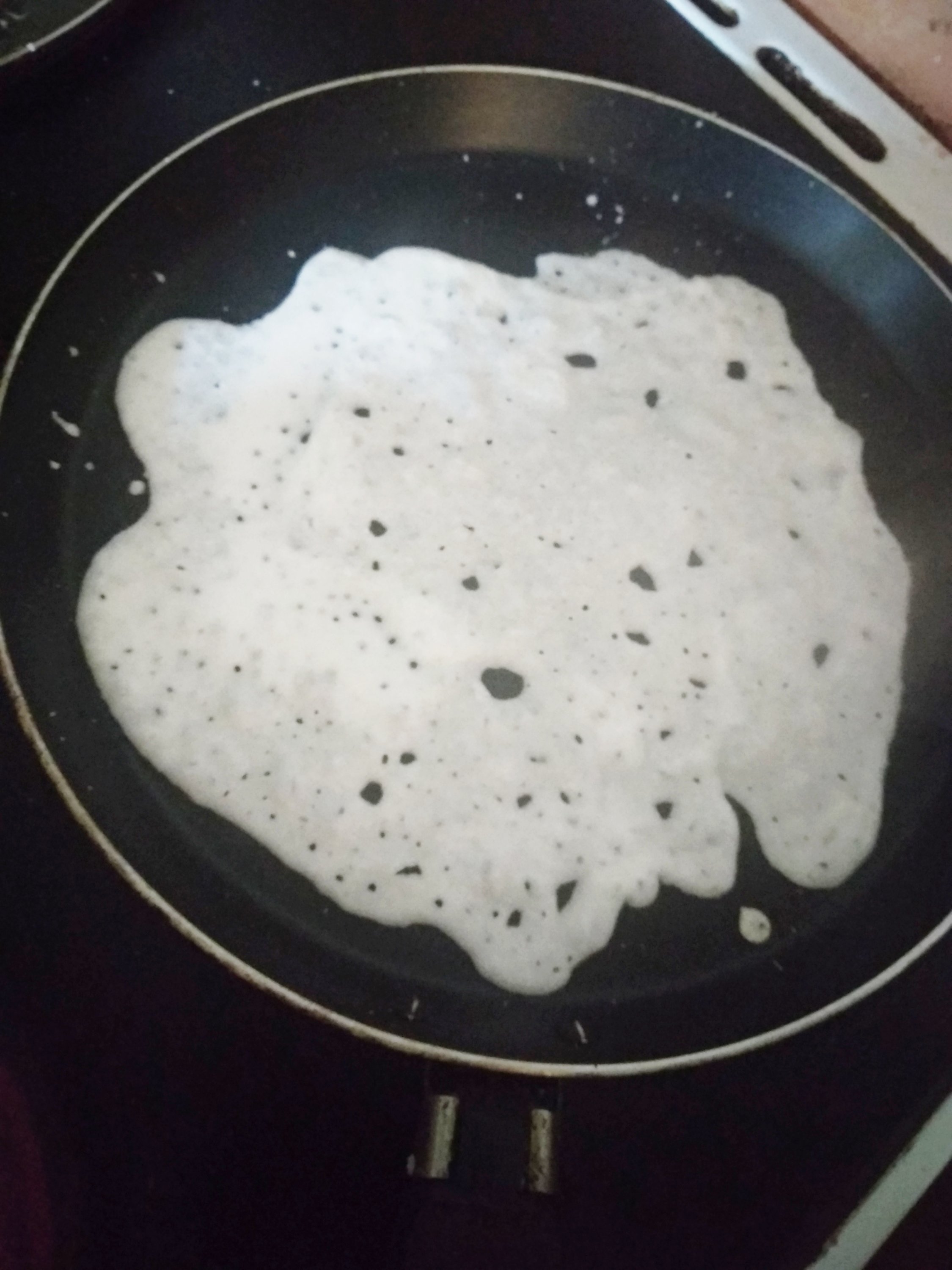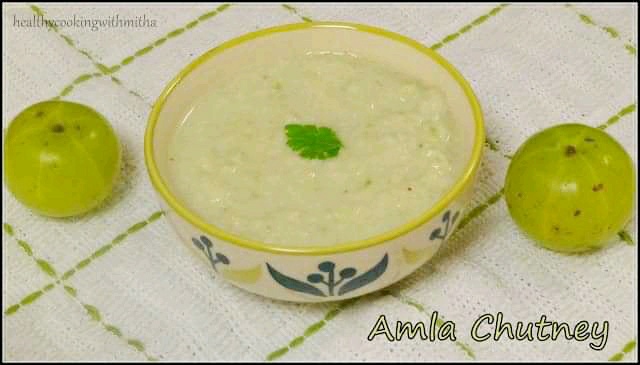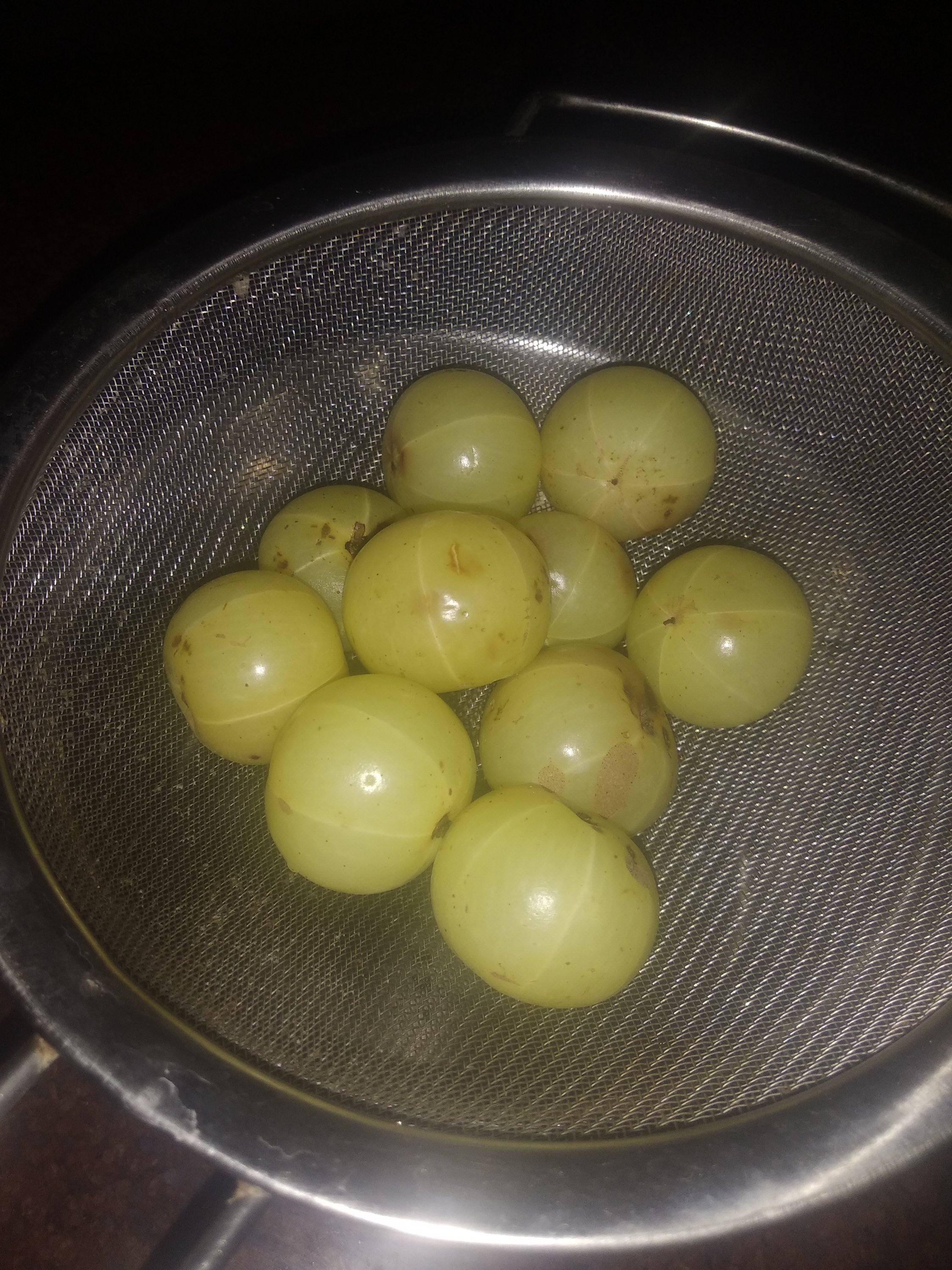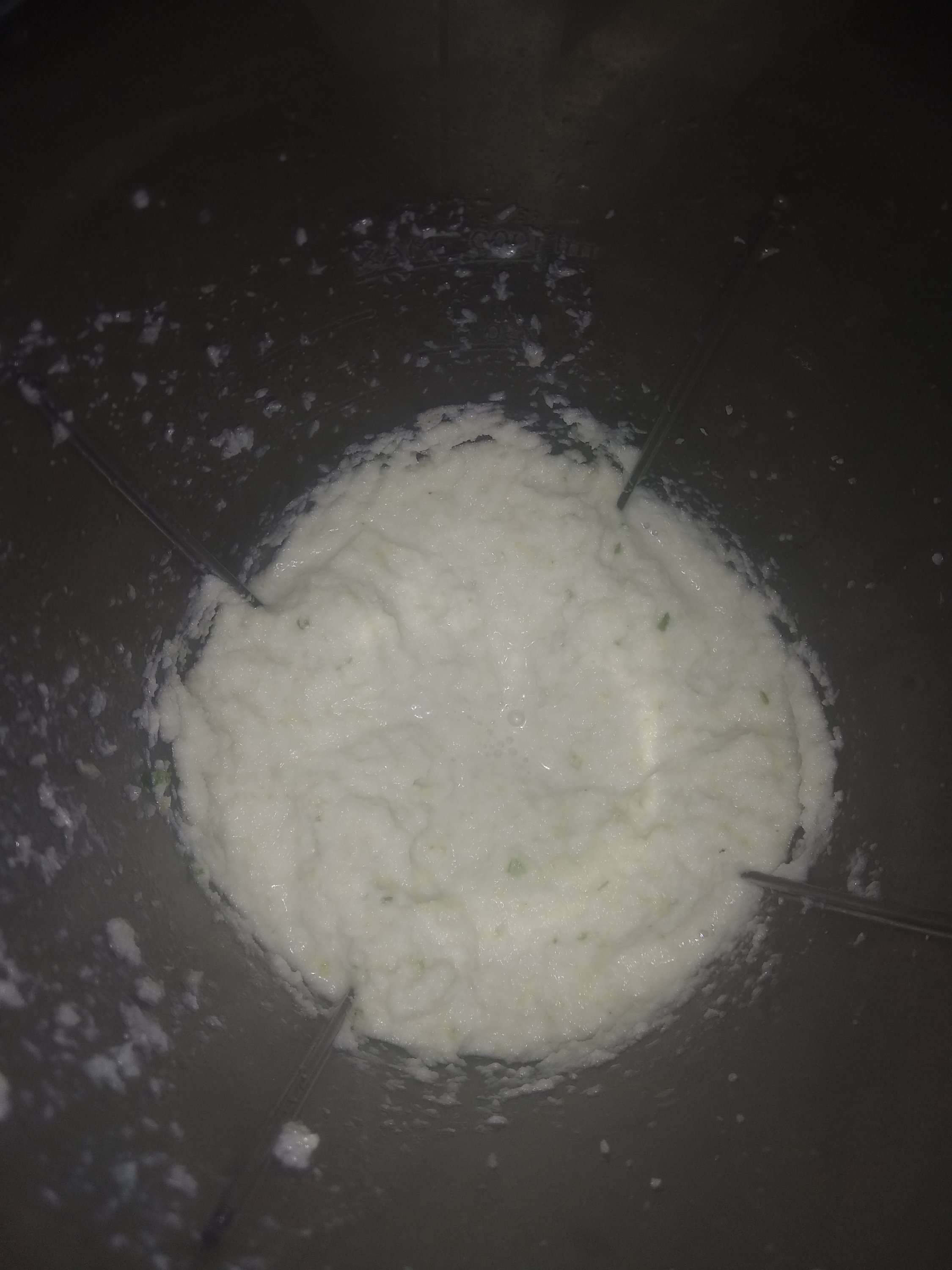
I have already posted the basic version of Surnali / sweet and spongy dosa. This version is like an upgrade to it by adding Mangalore cucumber. The addition has so many benefits like:
* The dosa turns out very soft and porous as you can see from the pictures.
* The aroma that the mangalore cucumber gives out is simply heavenly.
* You are adding a vegetable in your diet even without your knowledge. (This is the main reason I make these dosas atleast once weekly. Kids love it and they don’t realise they are eating a vegetable hidden in it 😁)
There was one more reason last year why I made this dosa too often. My husband who has a talent for gardening had planted these Mangalore cucumbers from seeds that he got from the core of store bought ones and we had a yield of about 50 of them from our kitchen garden. Yes 50!!!! Here is a picture of some of them.

Since they have a very good shelf life, I kept it as such on counter top and it lasted us a good 6 months. Looking at them everyday made me so happy. Proud of my husband! He has taught me so many things post marriage and one of them is plant love. He cares for them like his own babies and it’s so nice of him. ♥️
Sharing the dosa recipe for all of you to try and enjoy too. Happy and healthy cooking!
RECIPE:
Ingredients:
2 Cups of peeled, cored, cubed Mangalore cucumber / Magge/ Velarikka
2 Cups Raw Rice (Any variety of white rice)
1/2 Cup grated coconut ( fresh/ desiccated)
1 Cup Beaten rice/ Poha
1/2 Cup Curd
3/4 Cup Jaggery
1 tsp Turmeric powder
Salt to taste
Ghee to cook the dosa
Recipe:
1. Wash well and soak the raw rice for 2 to 4 hours.
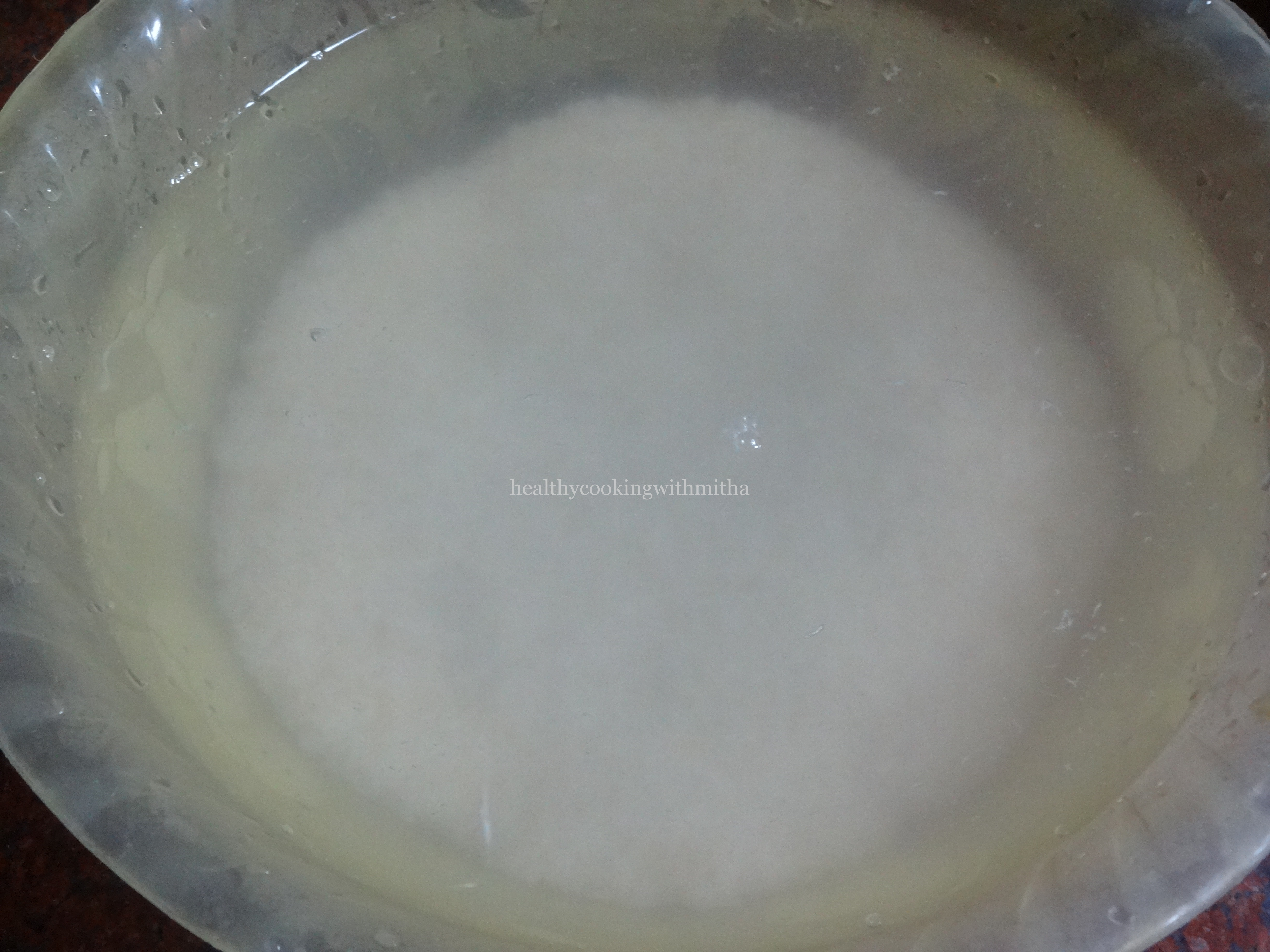
2. Take the peeled, cored, cubed mangalore cucumber and grind to a fine paste.


3. Now add soaked rice along with Poha, jaggery, coconut, curd, turmeric and salt to a smooth paste. Add buttermilk instead of water while grinding for spongier surnalis. Pour into a steel vessel. Mix well with hands to start fermentation.

5. Keep aside covered for 8 to 12 hours or overnight.

6. Take a ladle full of the batter and pour a thick dosa. Add ghee on top.
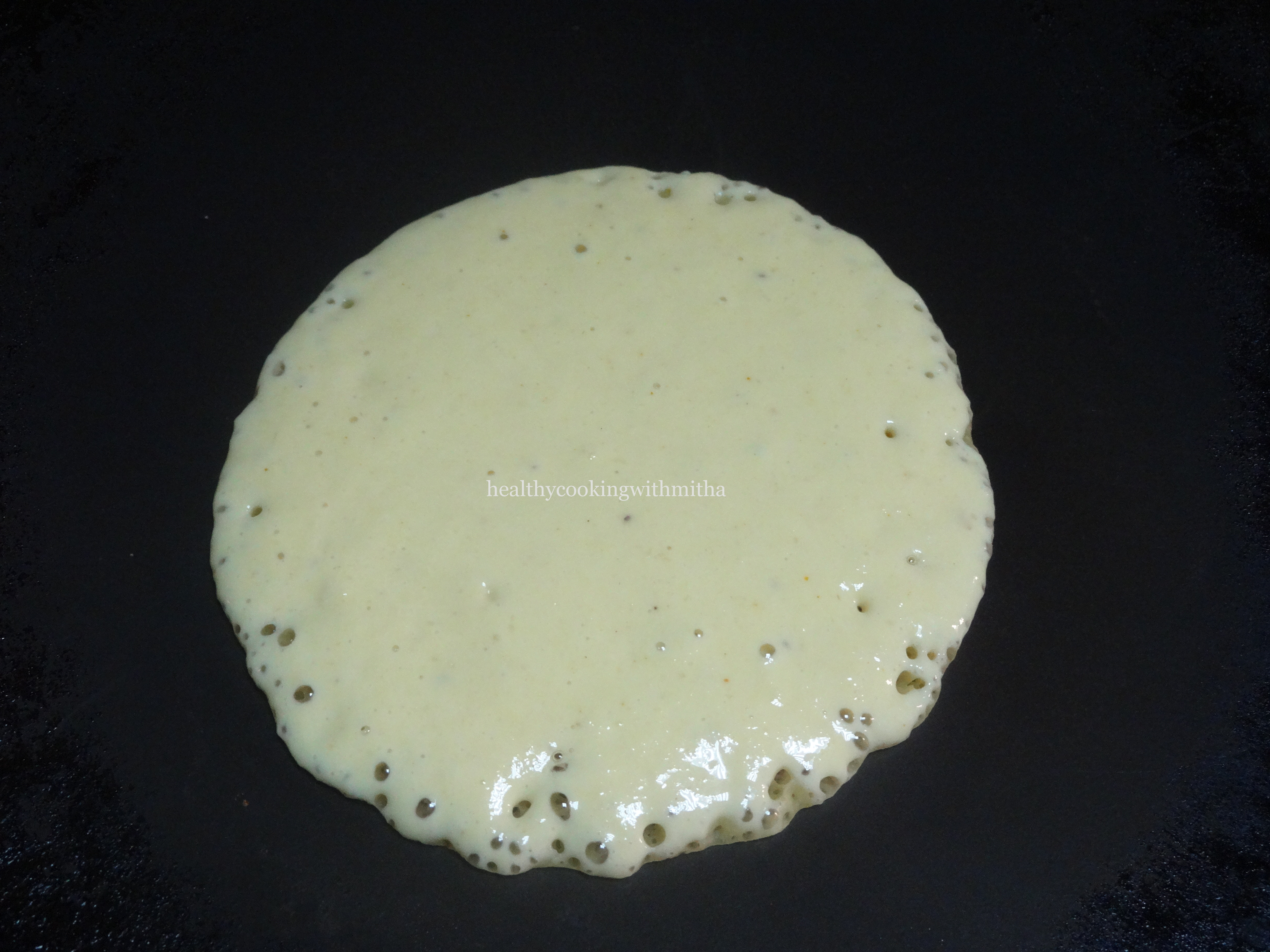
7. Cover and cook on low flame till the dosa cooks. (This dosa requires low flame to cook. Else it will turn black due to jaggery in it.)
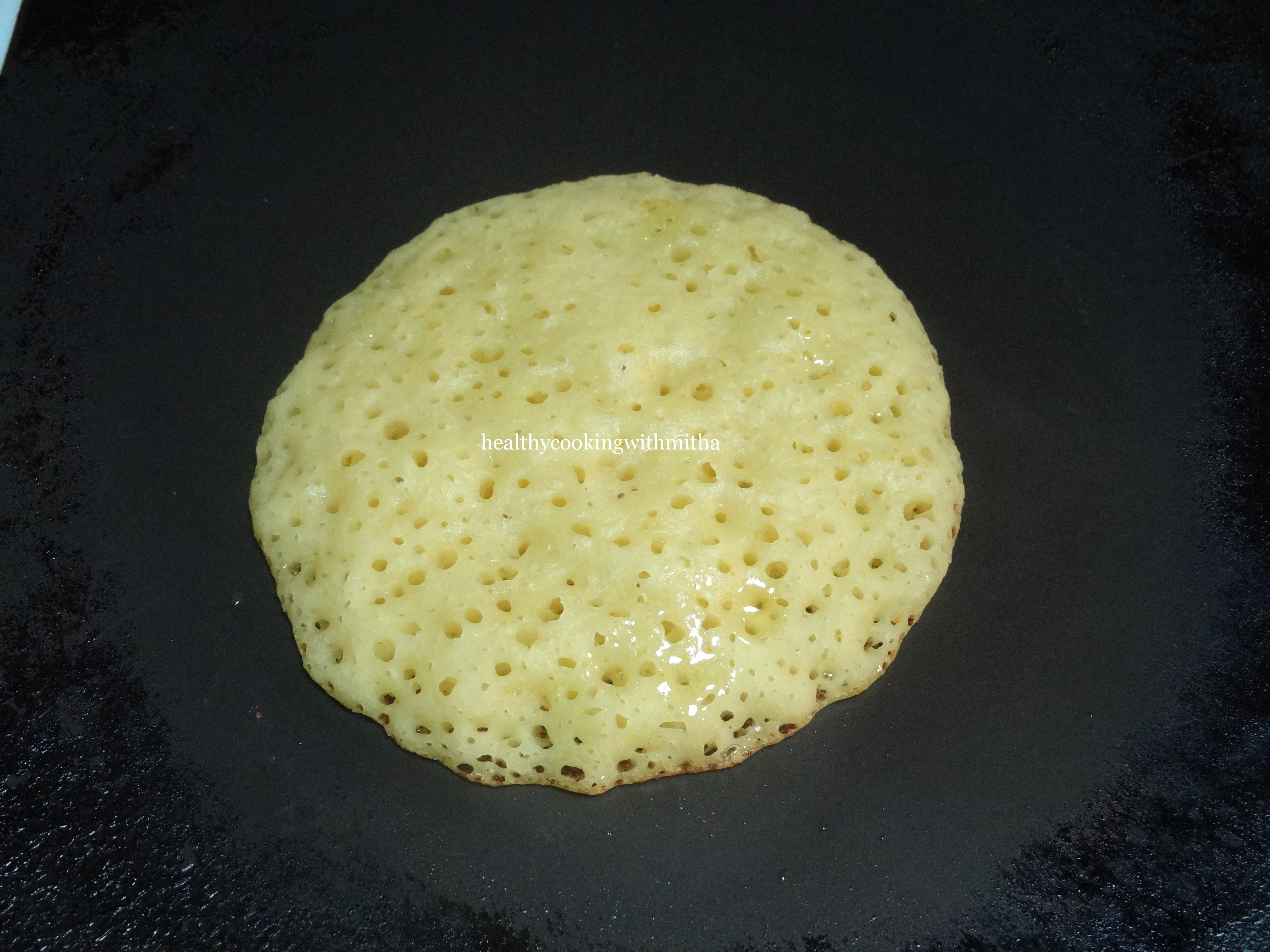
8. Remove and serve hot with butter.
Notes:
* Any variety of white rice ranging from Sona masoori to short grain white rice (used for eating) works well to make this dosa.
* You could substitute curd with buttermilk.
* Ensure the batter is a slightly thick ( not very thick) smooth paste and not watery to get perfect surnalis.
* The amount of jaggery is to taste. You could increase or decrease as per your taste. You can also skip jaggery and make plain dosas with Mangalore cucumber.
* Surnalis come out the best when the batter is freshly fermented. Once refrigerated, the dosas does not come as spongy. Still they come out like regular dosas.
* I substitute Mangalore cucumber with watermelon rind ( the white part) sometimes and it tastes delicious as well.


